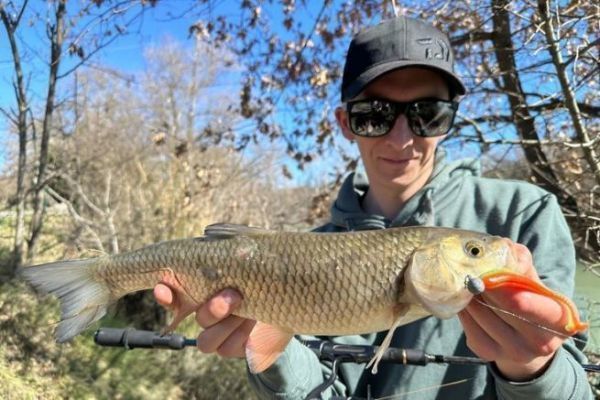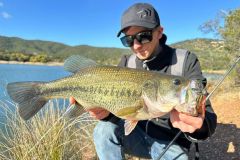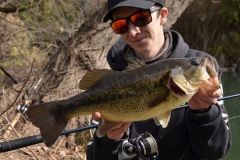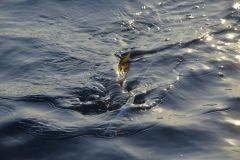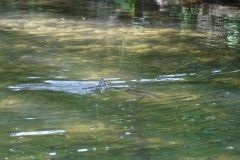The effects of flooding on chub
When a river floods, many things happen, both to the water and to the fish. Firstly, the flow increases rapidly, forcing fish out of the main river bed. The river gradually nibbles away at the banks, taking the soil and all its contents with it. The water becomes cloudy and brown, greatly reducing fish visibility. However, it also brings large numbers of aquatic invertebrates and insects with it.
An omnivorous and opportunistic fish, the chub will eat anything that comes its way. It also feeds more readily on small stray fish, which are easy prey when they have struggled against the current to find shelter for several hours.
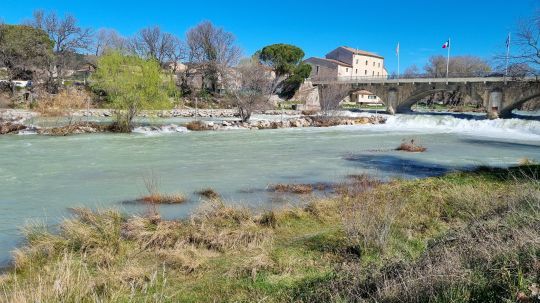
Areas to search
Finding the chub during a period of high water is pretty straightforward: above all, it seeks safety. Safety simply means an area where they can find food and shelter, and where the strong current of the main bed is unlikely to sweep them away. The chub therefore heads for flooded edges, where trees and bushes often cut off the current and create calm zones. They can also swim up oxbows and small tributaries, where the quantity of water flowing downstream is smaller.
Even in heavily tinted water, chub can often be spotted behind a dead tree or branch, enjoying a well-deserved rest. Passing drowned insects will of course be intercepted, as will small fish that think they've found a good shelter.
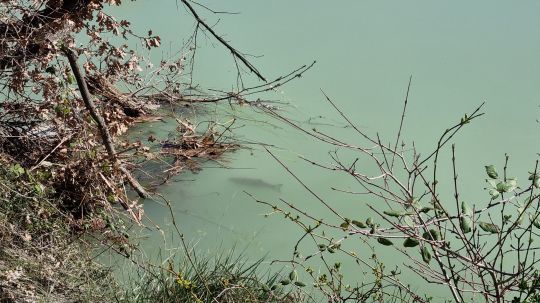
Lures and baits to use
When stalking chub during high water, there are a few basic principles to follow to ensure a good outing. Firstly, the color of the tackle you're going to use to catch them must be visible, even in a chocolate color. To achieve this, you'll need to use white teignes if you're fishing with a toc or cork, and flashy colors for lures.
The lure obviously doesn't have the natural appeal of a bait, but the vibrations it emits make it easy for chub to spot with a lateral line lure. You can therefore use shads, especially when fishing blind, but also creatures and insect imitations when you spot a fish in position. Just because you can't see the fish doesn't mean they can't hear you.
